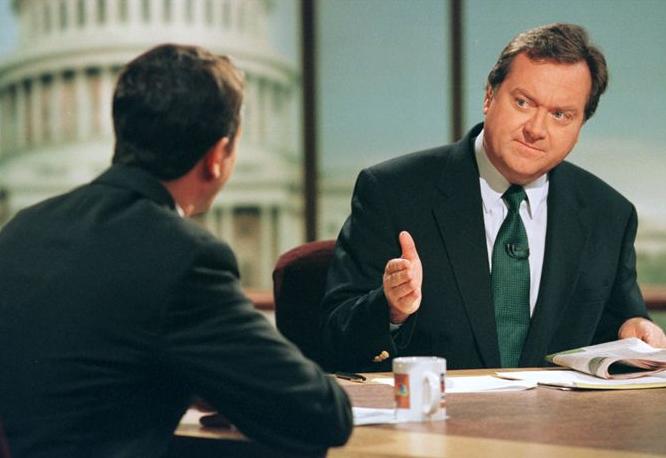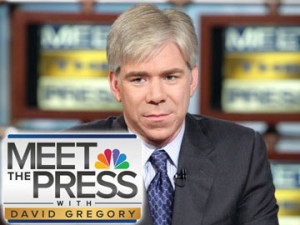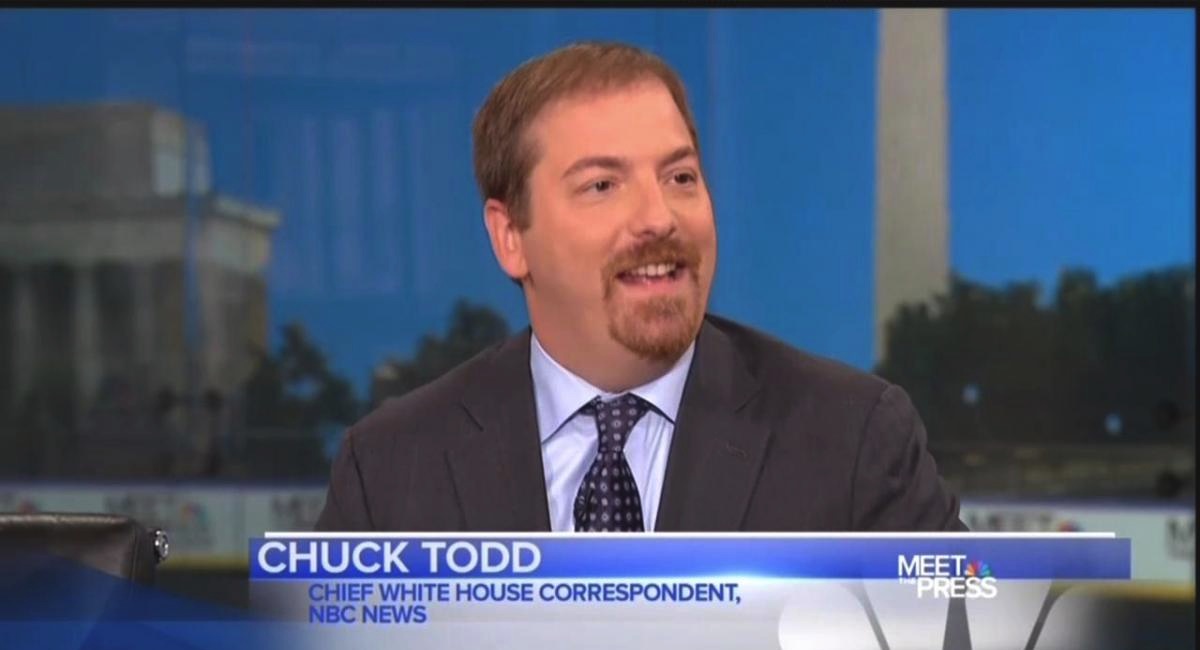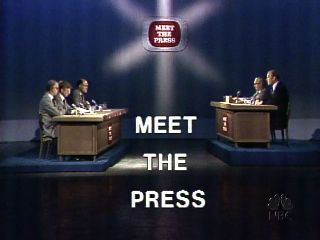
“Meet the Press” hasn’t been the same since sudden death of iconic host and tough interviewer Tim Russert, right, in 2008.
RAWLINGS-BLAKE RAILS AGAINST
BALTIMORE’S ROW HOUSE BLIGHT
FOR AMTRAK TRAVELERS’ BENEFIT
What’s next? Rose-colored glasses?
“MEET THE PRESS” LOSES FOCUS — AND HOST
Gregory falls victim to flawed, superficial format
By David Maril
While wondering if Baltimore Mayor Stephanie Rawlings-Blake is going to push for passengers on Amtrak trains to be given rose-colored glasses as they are passing by abandoned buildings and decaying, neglected streets in Baltimore, it’s interesting to note the following:
![]() The mayor’s push to demolish condemned row houses and other deteriorating buildings to refurbish city neighborhoods is a worthwhile goal and deserves high priority.
The mayor’s push to demolish condemned row houses and other deteriorating buildings to refurbish city neighborhoods is a worthwhile goal and deserves high priority.
However, to promote this by saying Baltimore’s reputation suffers because of the blighted areas Amtrak travelers see as they pass within the city limits is ridiculous.
Quality of life in Baltimore is the major reason areas within the city need to be revitalized. What travelers see through train windows, while working on their laptops, talking on smartphones or napping, is inconsequential.
What’s next?
Will performers be hired to board the trains within the city limits to sing, dance and celebrate Baltimore and Maryland, extolling all the virtues of the Land of Pleasant Living?
The nature of train travel has always been associated with the passengers getting an unvarnished look of a city, traveling through the backyards of neighborhoods and seeing behind the industrial buildings and alleyways hidden from the expressways and interstates.
Too often in Baltimore, and most other urban centers, so much concern is placed on attracting tourists and generating extra business, the people who reside in the communities are overlooked.
This has been a valid criticism of development in Baltimore’s Inner Harbor but finally seems to be shifting a bit, with more consideration to create residential opportunities.

Following weeks of rumors on the heels of months of dismal ratings, “Meet the Press” host David Gregory was unceremo- niously dumped by NBC last Wednesday and reportedly paid $4 million to leave the show quietly and keep his mouth shut.
In short, sprucing up the terrain around North- east Corridor tracks is not going to make Baltimore a better city. If overall revitalization takes place, the blighted areas passengers see from train windows will disappear as part of the process.
![]() David Gregory’s dismissal from NBC’s “Meet the Press” was inevitable.
David Gregory’s dismissal from NBC’s “Meet the Press” was inevitable.
Since taking over, following the death of former host Tim Russert, the Sunday morning news program has plunged from first to third, trailing CBS’s “Face The Nation” and ABC’s “This Week.”
In truth, Gregory never had a chance.
Russert, who had a strong, charismatic demeanor, carried the program even though it has a flawed format.
Despite all the airtime wasted on political activists and politicians sticking to talking points you know they are going to recite before they even open their mouths, Russert kept much of the broadcast lively.
Gregory is bright, has a polished and gracious manner and is an excellent journalist. He would probably make a terrific high-profile network news anchorman.
“Meet The Press,” however, needs a colorful, sometimes combative star to prevent it from completely falling off the cliff and into the doldrums.
Instead of firing Gregory, what NBC’s corporate news-management honchos should have done is scrutinize the format of the program and make radical, and long overdue, modifications.
If you really want to know what’s wrong with “Meet The Press,” all you need to do is review a tape of one of its programs from decades ago.
After only a minute or two, it’s obvious how far the program has drifted away from what made it such a showcase for broadcast journalism.
In its golden days, the format centered on a significant newsmaker appearing as a guest to be interviewed by a panel of three or four respected journalists.
Questions were direct and there was pressure on the newsmaker guests to see how they would answer in front of the camera. The program was, for all intents and purposes, a press conference.

Charles David “Chuck” Todd, 42, chief White House correspondent and political director for NBC News, who also hosts “The Daily Rundown” on MSNBC, will become the 12th host of the peacock network’s once highly acclaimed Sunday morning interview program “Meet the Press” on Sept. 7.
And, when you think about it, that is where the title of the program, “Meet the Press,” came from.
These days, the program ought to be called “Where Is the Press?”
Today, most of the Sunday morning network news interview shows have evolved, or disintegrated, into panels of babblers who have vested interests, arguing with each other.
Interviews are primarily done one-on-one by the host. For years, Russert’s intense, colorful interview style carried “Meet the Press.”
NBC is counting on Chuck Todd, Gregory’s successor, to be more of a Russert-type host, doggedly pursuing the inside and harder-edged political stories.
Todd, who reportedly has been openly campaigning for the job, is a political junkie who seems less of a diplomat than Gregory. It will be interesting to see if Todd is forced to waste as much time as Gregory did interviewing activists and hacks who are more into self-promotion than providing worthwhile insight and news.
![]() “Face the Nation” is the most informative of the Sunday interview shows and sticks closer to the traditional approach of putting the spotlight on professional journalists. The panelists are mostly journalists or experts in particular fields.
“Face the Nation” is the most informative of the Sunday interview shows and sticks closer to the traditional approach of putting the spotlight on professional journalists. The panelists are mostly journalists or experts in particular fields.
Veteran host Bob Schieffer, a newsman for over 50 years, keeps the discussions moving, civil and organized. When politicians or people with vested interests appear, he conducts firm, concise and respectful one-on-one interviews.
When Schieffer is off, Norah O’Donnell, co-anchor of “CBS This Morning” and one of the best television journalists around, sits in the anchor chair.

In Nov. 1975, Gerald Ford, far right, became the first sitting Ameri- can President to appear on a live television network news program.
![]() ABC’s “This Week” is trying to rebound from the disaster of having Christiane Amanpour, who tried to turn the focus away from politics to international news, serve as host. George Stephanopoulos has returned and the show has moved up into second place.
ABC’s “This Week” is trying to rebound from the disaster of having Christiane Amanpour, who tried to turn the focus away from politics to international news, serve as host. George Stephanopoulos has returned and the show has moved up into second place.
The program, however, is hard to watch. There are too many political activists and opinionated talk show hosts who serve on the panel. The format encourages arguments and just plain chaos while Stephanopoulos sits with a smile on his face.
A large portion of the airtime is devoted to “breaking news” reports from Martha Raddatz, whose alarmist style would make a church ham-and-bean supper sound like War of the Worlds.
![]() “Fox News Sunday” has its moments, when Chris Wallace, a solid newsman and skilled interviewer, goes one-on-one with politicians from the left and right. The panel, however, provides predictable commentary, with two conservatives, one moderate and one liberal debating big stories.
“Fox News Sunday” has its moments, when Chris Wallace, a solid newsman and skilled interviewer, goes one-on-one with politicians from the left and right. The panel, however, provides predictable commentary, with two conservatives, one moderate and one liberal debating big stories.
![]() CNN’s “State of the Union” is famous for anchor Candy Crowley’s disjointed, rambling and sometimes emotional interviews that seem to always end with the only interesting response not being followed up with a crucial question. The program’s discussion panels put more emphasis on personalities and activists than journalists.
CNN’s “State of the Union” is famous for anchor Candy Crowley’s disjointed, rambling and sometimes emotional interviews that seem to always end with the only interesting response not being followed up with a crucial question. The program’s discussion panels put more emphasis on personalities and activists than journalists.
davidmaril@voiceofbaltimore.org
“Inside Pitch” is a weekly opinion column written for Voice of Baltimore by David Maril.
EDITOR’S NOTE: Created in 1947 by Lawrence Spivak and Martha Rountree, who was the program’s initial host — followed by nine subsequent moderators before David Gregory — “Meet the Press” is the longest-running television series in American broadcasting history. Under Tim Russert’s steward- ship, from 1991 until his sudden death in 2008, the program was often the highest-rated and best- regarded news/interview show on television.
CHECK OUT LAST WEEK’S “INSIDE PITCH” COLUMN: click here
…and read archived Dave Maril columns by clicking here.
Also click here for previous “Inside Pitch” column (April 28, 2014) focusing on “Meet the Press”
and the decline of the Sunday morning interview shows.






August 17th, 2014 - 6:34 PM
On my first train trip north in 1967 I was struck by how nasty your town was by virtue of the junk alongside the track. My next trip, in 1980, cemented that truth in my mind. But rather than spend city money on this problem, officials should look to organizations like the Boy Scouts whose participants are always looking for service projects.
August 25th, 2014 - 1:54 AM
[…] Check it out: click here. CHECK OUT LAST WEEK’S “INSIDE PITCH” COLUMN: click here …and read archived Dave Maril columns by clicking here. […]